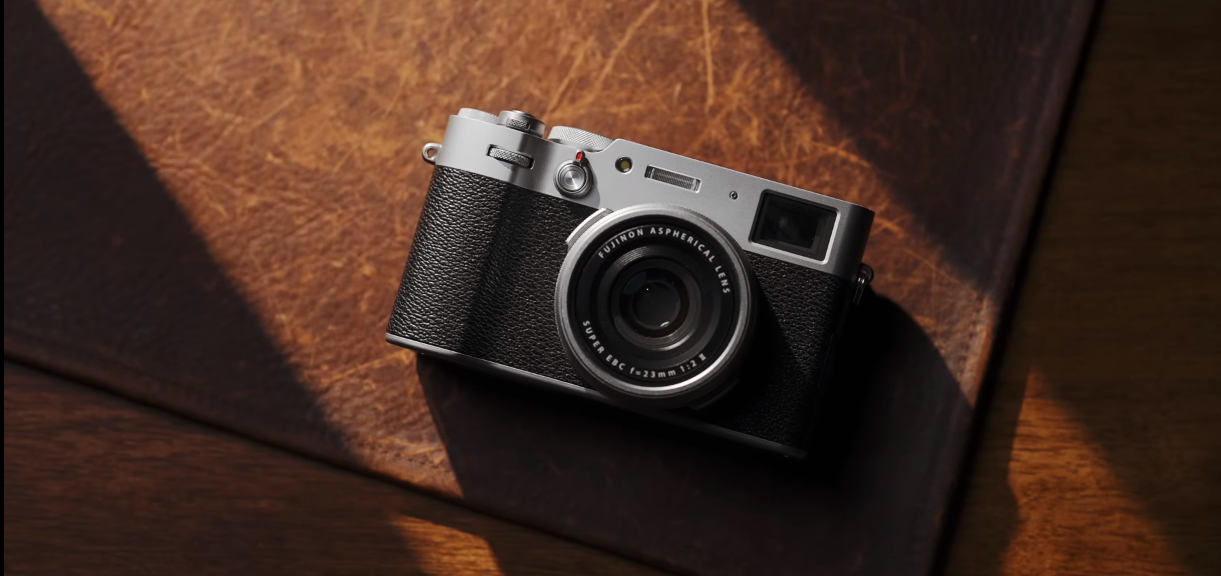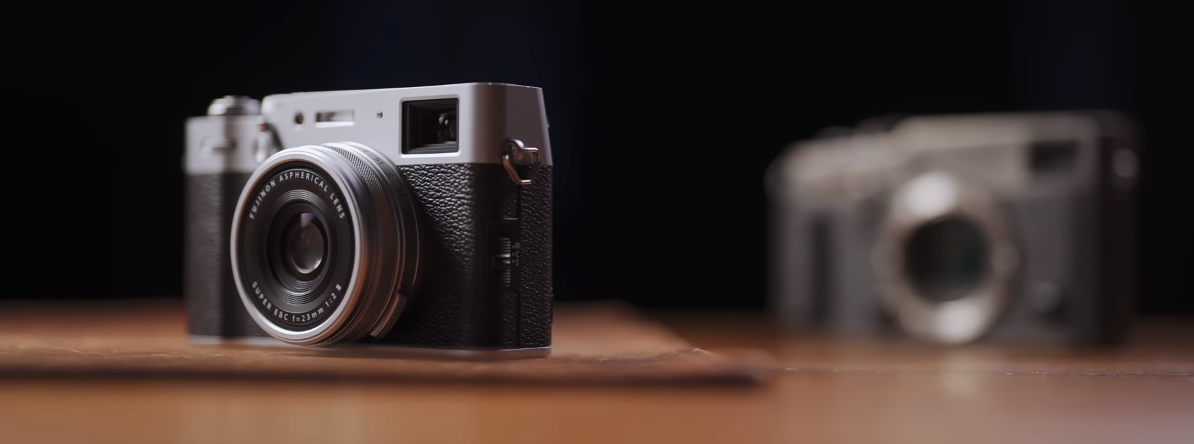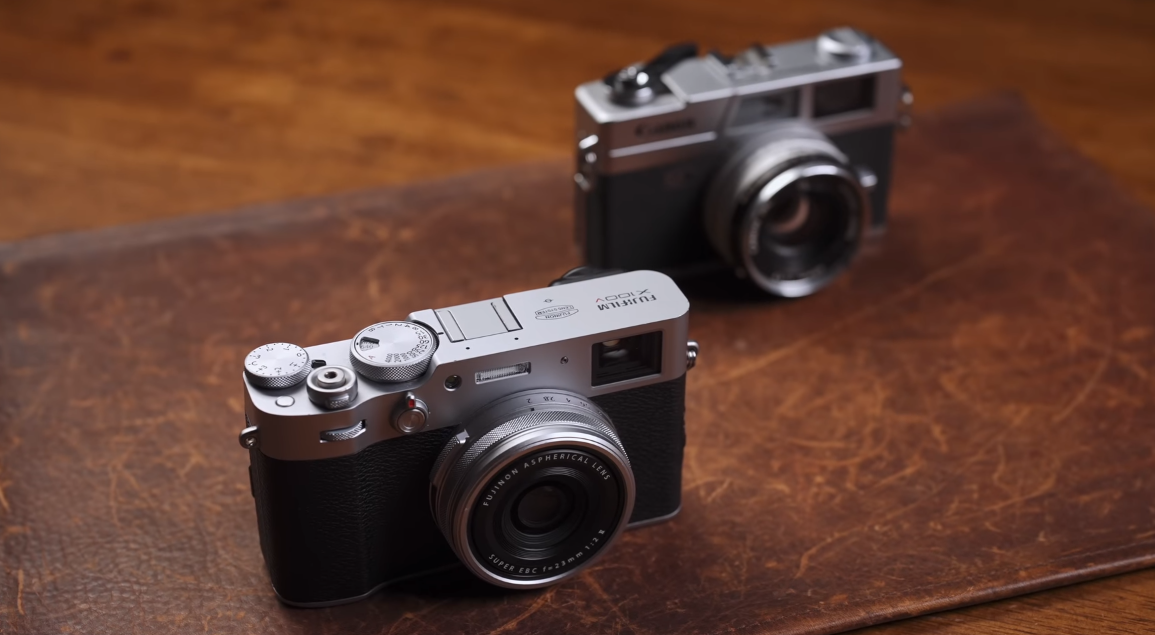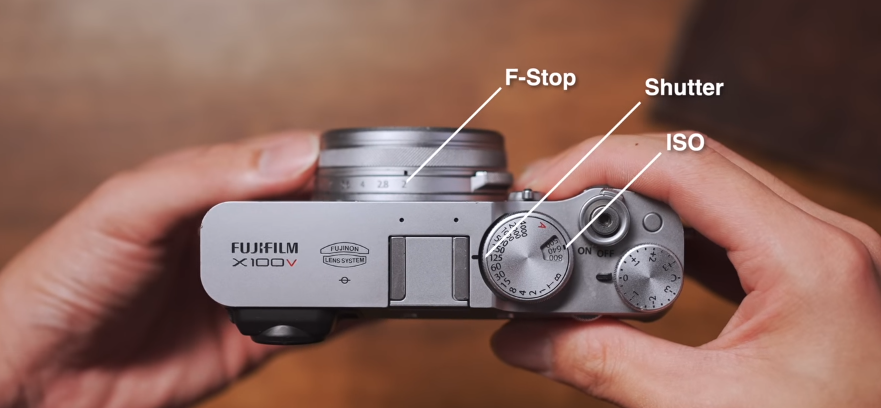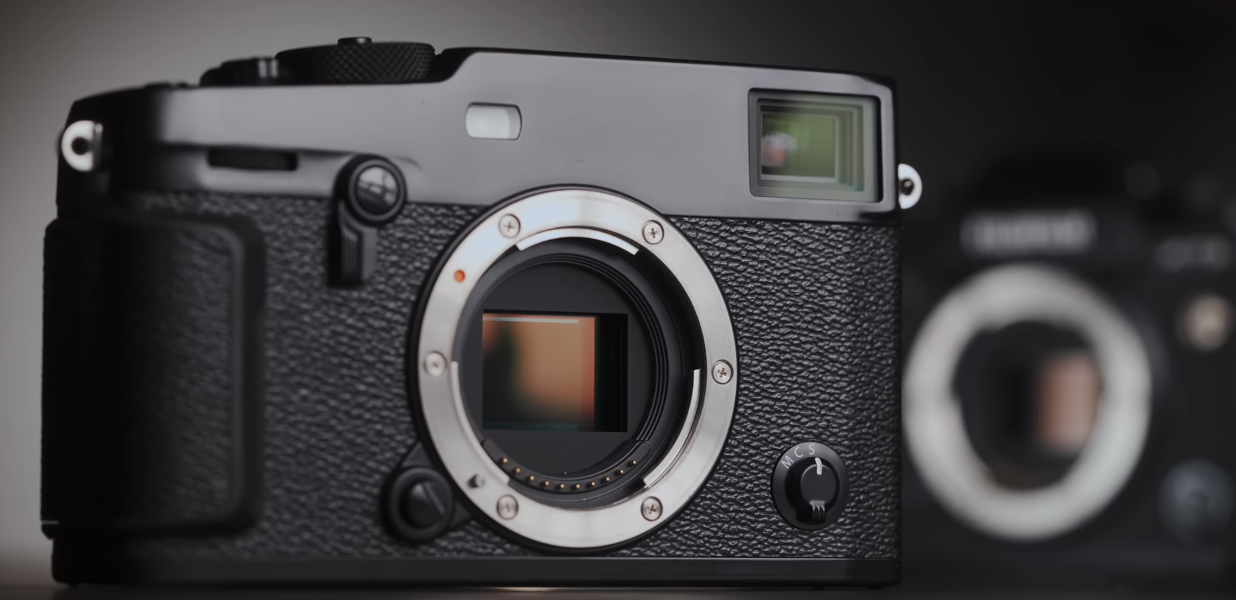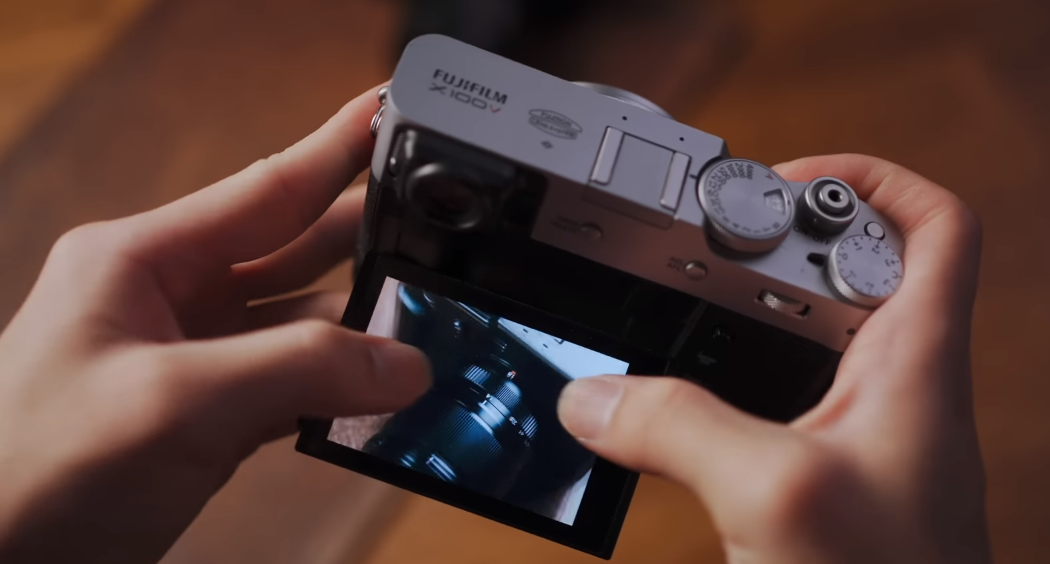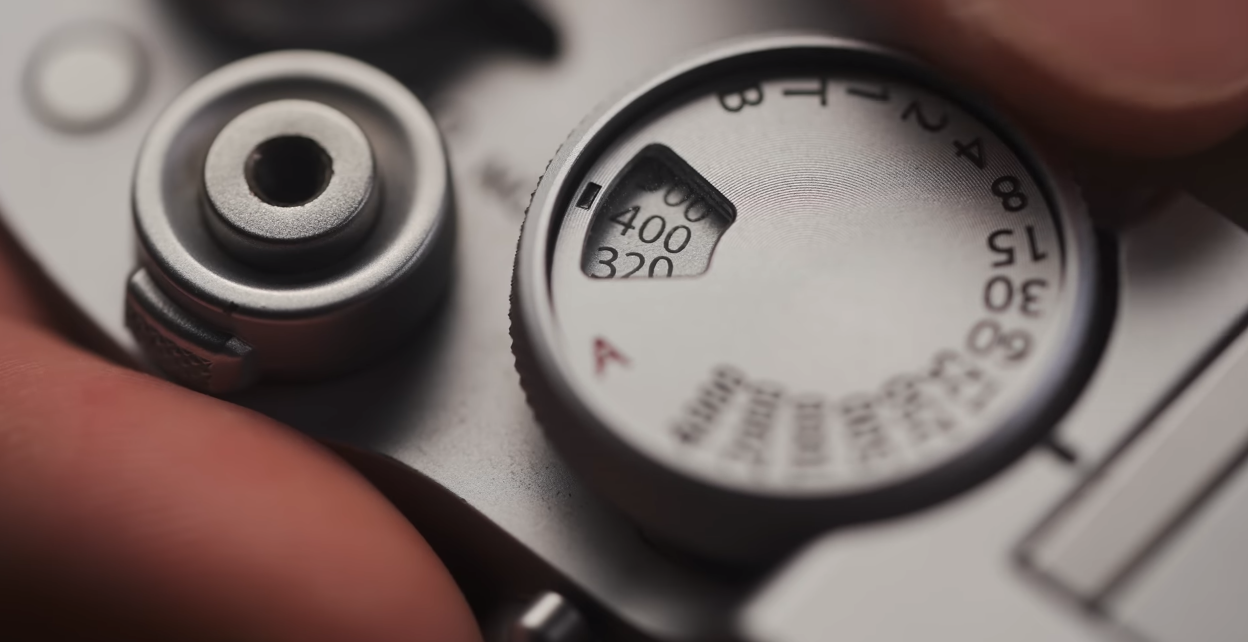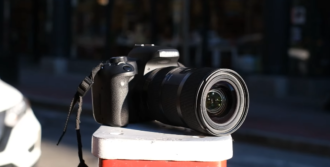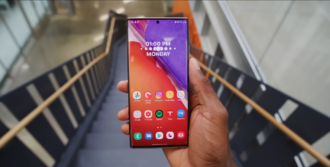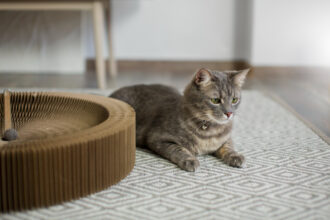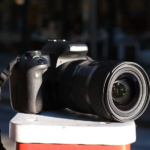Fujifilm X100v Camera
Fujifilm’s retro-styled, high-fashion small camera, the X100V ($1,399.95), is now in its fifth generation. The SLR-sized picture sensor, the prime lens, and the wide aperture are all carried over from earlier models. New lenses, an improved viewfinder, protection from the elements, and a swiveling LCD are just some of the improvements made in this iteration. As a result, it’s a more compelling camera than the X100F and will inspire some X100F owners to make the jump.
Fujifilm X100v Camera
| Dimensions | 2.9 by 5.0 by 2.1 inches |
| Weight | 1.1 lb |
| Type | Compact |
| Sensor Size | APS-C (16 x 24mm) |
| Battery Type | Fujifilm NP-W126S |
| Maximum ISO | 51200 |
| 35mm Equivalent (Wide) | 35 mm |
| Display Resolution | 1.62 million dots |
| Touch Screen | YES |
| Video Resolution | 4K |
| Flat Profile | YES |
PROS
- A sharper focus
- Defence against dirt and water
- LCD hybrid optical-digital viewfinder that can be tilted
- Input from a turn dial
- The feel and aesthetic of a film shot entirely in camera. Formalisation from the rawest form
- in 11fps bursts
- 4K UHD video
- Black and silver retro styles
CONS
- Lacking both external and internal stabilisation
- Protection from the elements requires a lens filter; transfer speeds are capped at UHS-I levels.
- Autofocus is sporadic at best.
Design
The X100 series has improved in handling over the years but retains the same look and feel as its predecessors. It comes in an all-black design or a two-tone black and silver scheme. The viewfinder is located in the camera’s top right corner and provides both an optical and electronic view through the lens. The sensor is as huge as those seen in Fujifilm’s entry-level SLRs and mirrorless cameras.
It means the X100V could be more pocketable, but it’ll fit nicely in the roomier interiors of jackets. It has a height, width, and depth (HWD) of 2.9 by 5.0 by 2.1 inches and a weight of 1.1 pounds. A little arc on the body provides a handhold, while tactile dial controls drive home the retro design.
Build
The X100V, like its predecessors, blends in seamlessly with its surroundings. It’s the same length and width as the standard mirrorless camera but much thinner. The 23mm f/2 lens extends slightly from the camera body, making it compact enough to fit in a jacket pocket. Plus, it’s built to a high standard. The top and bottom plates are made from solid aluminum, and the body is finished with a sophisticated ‘Alumite’ satin texture (but a black version will also be available).
The differences from earlier models are more pronounced up close. The ISO dial is no longer spring-loaded and more challenging to use, while the other settings on the top plate now have a more pleasant, “leveled off” appearance. Despite its apparent insignificance, this is excellent news for the many people who love the X100 line of cameras. In the rear of the camera, the screen is flush with the body, making it easy to overlook that it can be flipped out and turned.
This camera lacks a D-pad but features a small joystick for adjusting the autofocus area and navigating the menu. Since many of the four-way D-pad’s functions can be accessed through Fujifilm’s ‘Q’ menu, and since it’s a little too easy to push by accident, its removal from Fujifilm cameras (including the new X-T200) is not a huge loss. The X100V’s Q button is shockingly tiny and nestled inside the body’s far right, precisely where your thumb naturally rests. It isn’t easy to locate by feel, but you’ll probably grow used to its location quickly enough. The focus mode switch is hidden unexpectedly on the left side of the body, so you’ll have to explore before you locate it.
It’s intriguing to see how the hybrid viewfinder works. When set to EVF mode, the electronic display is crisp, clear, and distortion-free. But when you switch to OVF mode, you’ll get a much larger image with bright framing guides from the screen’s borders.
Performance
First impressions indicate that the new lens is noticeably sharper up close and wide open than its predecessor. While it’s not an actual 1:1 macro lens, the new lens can take decent images of tiny objects because of its close focusing distance.
The new lens was supposed to address another complaint about the old one: its slow and noisy autofocus. It’s a lot quicker now, though it still can’t compete with the quickest and smoothest of Fujifilm’s X-mount lenses. However, if that’s the trade-off you have to make for a pocketable camera with an f/2 lens, then it’s a fair trade-off to make. It doesn’t seem to miss a shot or ‘search’ for focus in real life, even though it lacks the refinement of some X-mount lenses.
Video
Considering the Fujifilm X100V’s fixed prime lens, it’s hardly a no-brainer to use it as a video camera, but the results are worth it. From what is effectively a pocketable point-and-click camera, the 200Mbps bitrate is highly respectable. So that serious filmmakers may shoot at 24 frames per second with the optimal “shutter angle” of 180 degrees, Fujifilm has included a shutter speed of 1/48.
While we knew Fujifilm would include their new 26.1-megapixel sensor in the X100V, we were pleasantly surprised by what else the firm had in store. The newest sensor in the X100V is matched with a new, sharper lens, and the camera’s tilting rear touchscreen makes it more convenient to operate from unusual angles without sacrificing its compact form. This retro camera design is thoroughly modern thanks to its enhanced focusing and 4K video capabilities.

